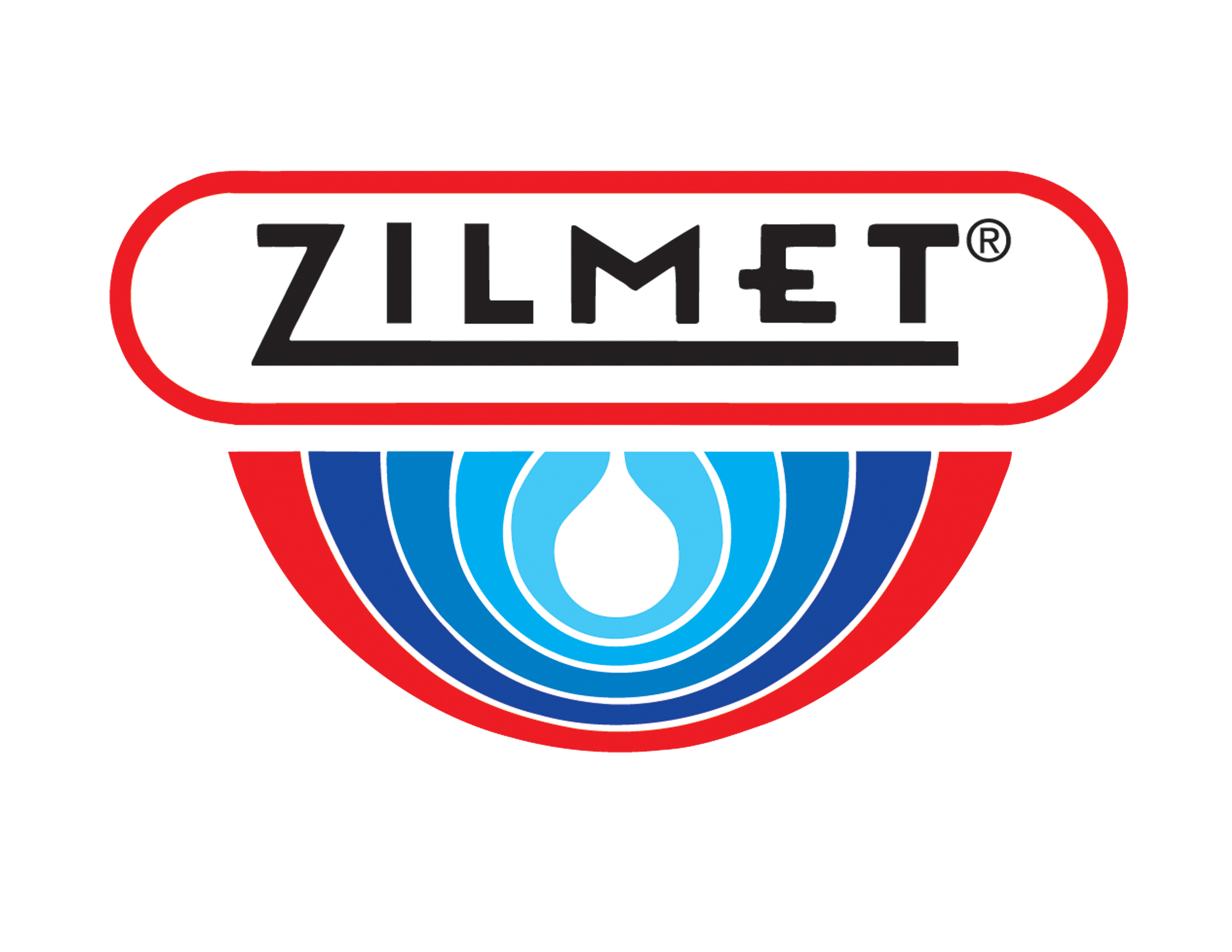
California Proposition 65
What is Proposition 65?
In November 1986, California voters approved a ballot initiative to address concerns about exposures to toxic chemicals. That initiative became The Safe Drinking Water and Toxic Enforcement Act of 1986, better known by its original name, Proposition 65.
What does Proposition 65 require?
First, it requires the Governor of California to publish a list of chemicals that are known to the State of California to cause cancer, birth defects or other reproductive harm. As of July 7, 2017, more than 900 chemicals and materials, including many metals and plastics, have been listed. Second, it requires Manufacturers to provide a “clear and reasonable” warning before exposing anyone to a listed chemical. This warning can be given by a variety of means, such as by labeling a consumer product, by posting signs at the workplace, or by publishing notices in a newspaper, or on a website.
What about other states?
None of the other 49 states or the United States federal government has followed California’s lead. Similar legislation has been introduced in other states, but has not been enacted.
What does this mean about Zilmet's Products?
Zilmet strives to make quality products that are safe and reliable. All of Zilmet’s potable water expansion tanks are certified NSF 61 by IAPMO as meeting the standard established for minimum health effects requirements for the chemical contaminants and impurities that are directly imparted to drinking water from such Zilmet products.
What does a Proposition 65 Warning mean?
It means that the Manufacturer issuing the warning believes that one or more listed chemicals is present in its product, even if it is only present in trace quantities. Zilmet USA has chosen to label all of its products available in North America. We use language approved by the State of California as follows:

What kinds of chemicals and materials are on the list?
The list contains a wide range of chemicals and materials, including many metals and plastics, dyes, solvents, pesticides, drugs, food additives, and byproducts of certain processes. These chemicals may be naturally occurring, or synthetic. Some of them are ingredients of common household products, others are specialty chemicals used on common industrial applications.
How can I get more information?
The California Office of Environmental Health Hazard Assessment, OEHHA, maintains a comprehensive website at http://www.oehha.ca.gov/prop65.html. This website explains the law and offers a list of all the chemicals and materials. You can also e-mail or telephone the Office of Environmental Health Hazard Assessment’s Proposition 65 Implementation Office at (916) 445-6900.
